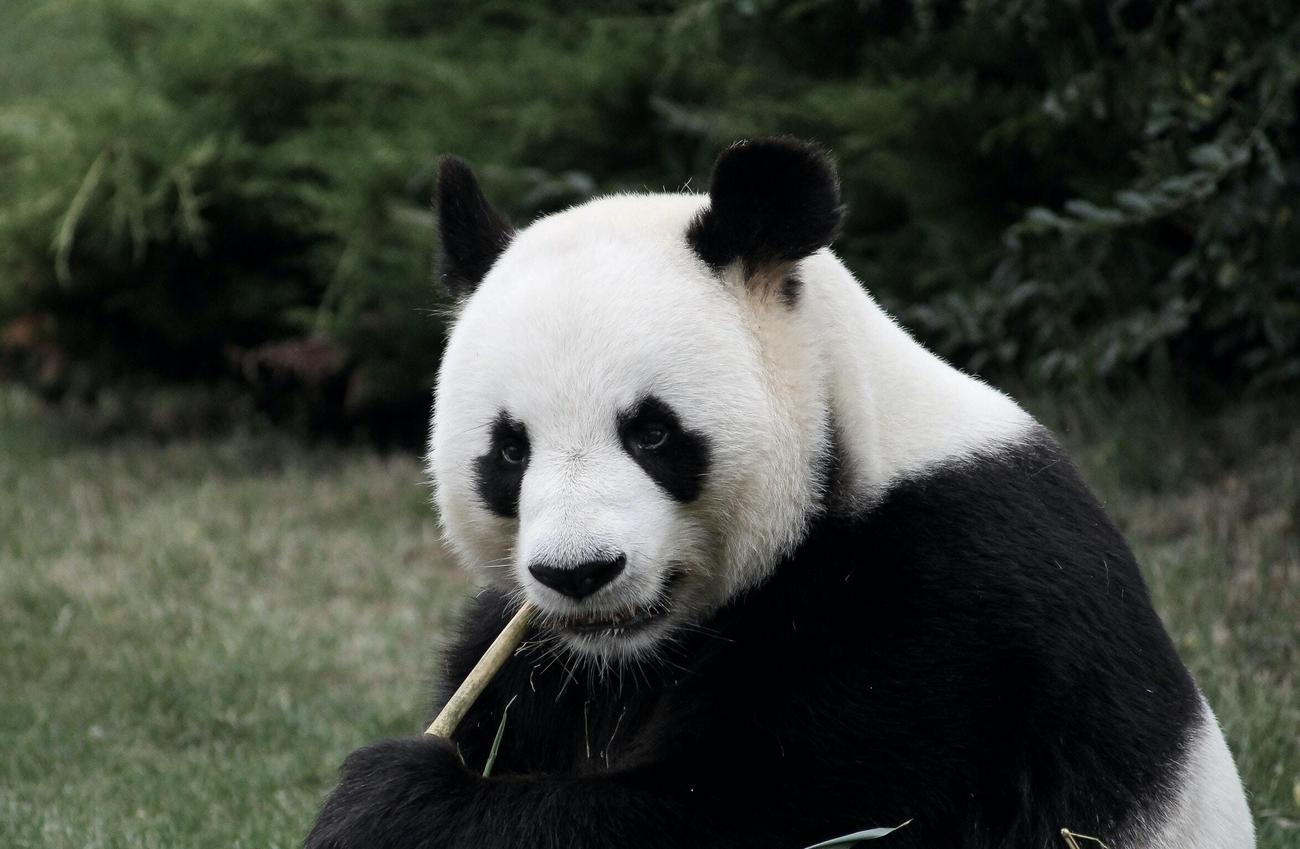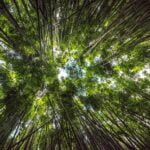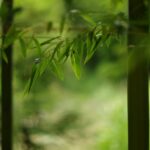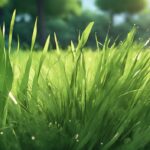Are you fascinated by the wonders of nature? Do you find yourself pondering the mysteries of the plant world? If so, hold on to your horticultural hat because we are about to embark on a thrilling journey of botanical discovery. In this article, we will unravel the enigmatic identity of bamboo and answer the burning question that has puzzled botanists and nature enthusiasts for centuries – Is bamboo a tree or grass? Get ready to delve into the fascinating world of this versatile and captivating plant, as we explore its unique characteristics, growth patterns, and settle the debate once and for all.
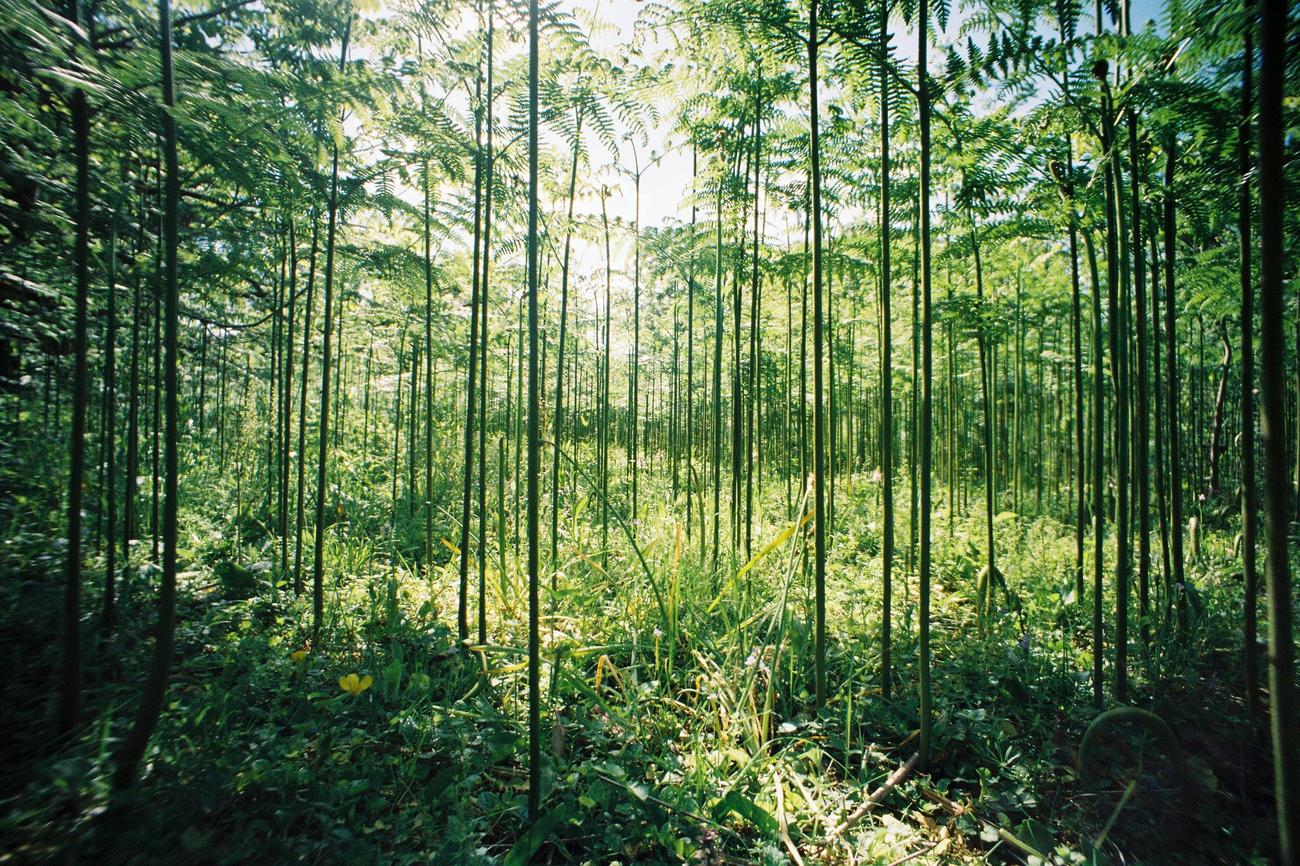
Is Bamboo A Tree Or Grass?
Bamboo, an intriguing plant that has captured the attention of botanists and nature enthusiasts alike, often leaves people wondering about its true identity. Is it a tree or a grass? Let’s embark on a journey to unravel this captivating question.
Before we delve into the specifics, it’s important to remember that bamboo is, in fact, a type of grass. It belongs to the grass family, Poaceae, in the subfamily Bambusoideae. This means that despite its towering height and sturdy structure, bamboo shares more similarities with the grass on your lawn than with the trees that populate forests.
To understand why bamboo is classified as a grass, let’s take a closer look at its characteristics. Bamboo possesses the same kind of stem and leaves as other grasses. Its stem, known as a culm, is a hollow tube composed of segments held together by nodes. The leaves are long and slender, giving bamboo its signature appearance.
But what truly distinguishes bamboo as a grass is its cellular structure. Like other grasses, bamboo is composed predominantly of carbon-rich compounds like cellulose. These compounds give bamboo its strength and resilience, allowing it to reach astonishing heights of up to 100 feet. It’s worth noting that bamboo is the tallest and largest member of the grass genus, further highlighting its remarkable nature.
Interestingly, despite scientific evidence clearly categorizing bamboo as a grass, some species of bamboo are marketed as “bamboo trees”. However, it’s important to recognize that this terminology is not scientifically accurate. These misleading references may stem from historical or cultural contexts where bamboo has been revered and celebrated in tree-like ways. Nevertheless, in the eyes of botanists, bamboo remains firmly rooted in the grass family.
To further emphasize the grass-like nature of bamboo, let’s consider the legal aspect. Until 2017, bamboo was legally defined as a tree in India. It was only recently that the law was revised to align with botanical understanding and reflect the true identity of bamboo as a grass. This significant update serves as a testament to the ongoing exploration and reevaluation of our understanding of plant species.
In conclusion, despite its towering presence and tree-like characteristics, bamboo is undeniably a grass. Its affiliation with the grass family, its similar cellular structure, and its classification by botanists all affirm this identity. As we continue to deepen our knowledge of flora, bamboo’s unique properties and ecological significance will undoubtedly continue to captivate and inspire us.
Key Point:
Bamboo, with its towering height and culm structure, may resemble a tree, but it is, without a doubt, a remarkable member of the grass family.
Bamboo is an incredible plant that holds many surprises. Did you know that bamboo is the fastest-growing plant in the world? With some species growing up to 35 inches in just one day, it’s no wonder bamboo is considered nature’s speed demon. But wait, that’s not all! Bamboo is also incredibly strong, with a tensile strength greater than steel. Imagine the possibilities! From construction to furniture, bamboo can truly withstand the test of time. If you’re curious to learn more fun facts about bamboo, click here for an informative read: fun facts about bamboo. Get ready to be amazed by this remarkable plant!
Is Bamboo A Tree Or Grass
Bamboo, a marvelous plant with countless benefits, continues to captivate nature enthusiasts worldwide. Known for its remarkable sustainability, bamboo has been hailed as a valuable resource that can help combat deforestation. In fact, bamboo has emerged as a force for positive change, offering an eco-friendly alternative for a multitude of applications. Whether it’s utilized in construction, clothing, or even furniture, bamboo has proven its versatility time and time again. To delve deeper into the wonders of bamboo as a sustainable resource, click here: Bamboo as a sustainable resource.
But not only is bamboo exceptional in terms of sustainability, it also possesses fascinating growth habits. Did you know that bamboo is technically classified as a grass, not a tree? The unique way in which bamboo grows, rapidly spreading through underground rhizomes, makes it a truly remarkable plant. Its ability to thrive in various climates, withstand harsh conditions, and regenerate at an astonishing rate makes it one of nature’s greatest wonders. Want to learn more about the captivating growth habits of bamboo? Click here: Bamboo growth habits.
As the demand for sustainable and environmentally-friendly resources continues to grow, bamboo remains at the forefront of this movement. By clicking on these links, you will gain a deeper understanding of the incredible potential bamboo holds. Don’t miss out on the opportunity to explore the world of bamboo and witness the power of this exceptional plant.
Is Bamboo a Tree or Grass?
[youtube v=”Af2Ts0bjwFc”]
Bamboo is often mistaken for a tree because of its tall and thick stalks. However, it is actually a type of grass belonging to the Poaceae family, specifically the subfamily Bambusoideae. Like other grasses, bamboo has a hollow tube stem called a culm and long, slender leaves.
Bamboo’s classification as a grass is supported by its composition. It is predominantly made up of carbon-rich compounds like cellulose, which gives it strength and resilience. Despite its grass-like traits, some species of bamboo have been marketed as “bamboo trees” in the past, although this is not scientifically accurate.
Until 2017, bamboo was legally defined as a tree in India. However, it has now been recognized as a grass, aligning with its botanical classification. This distinction reflects the unique properties and ecological significance of bamboo.
One remarkable feature of bamboo is its rapid growth. In warmer climates, particularly in Asia, bamboo can grow up to an astonishing 39 inches per day. This makes it the fastest growing plant in the world.
The versatility of bamboo is also worth noting. It has an extraordinary range of uses, from garden tools and fishing rods to bird cages and roofing. Historically, bamboo even played a role in reinforcing concrete during World War II in the South Pacific, when the U.S. Navy utilized its strength and availability.
The growth patterns and usefulness of bamboo offer valuable lessons for our spiritual lives. Just as bamboo grows quickly, we can seek personal and spiritual growth in our lives. It is important to ask God for guidance and help in our journey towards spiritual maturity, as Peter warns us in the book of 2 Peter (3:17-18). By doing so, we can progress and advance step by step, gaining strength along the way.
Furthermore, the broad range of uses for bamboo can inspire us to make our lives a blessing for others. Like bamboo’s diverse applications, we too can have a positive impact on those around us. By being a blessing wherever we are, we can fulfill our purpose as the salt of the world, as Matthew reminds us (5:13).
In conclusion, despite its tree-like appearance, bamboo is scientifically classified as a grass. Its unique properties, rapid growth, and versatile uses make it a fascinating plant. From an SEO perspective, the title “Is Bamboo a Tree or Grass?” reflects the question that many people have and is likely to be searched for.
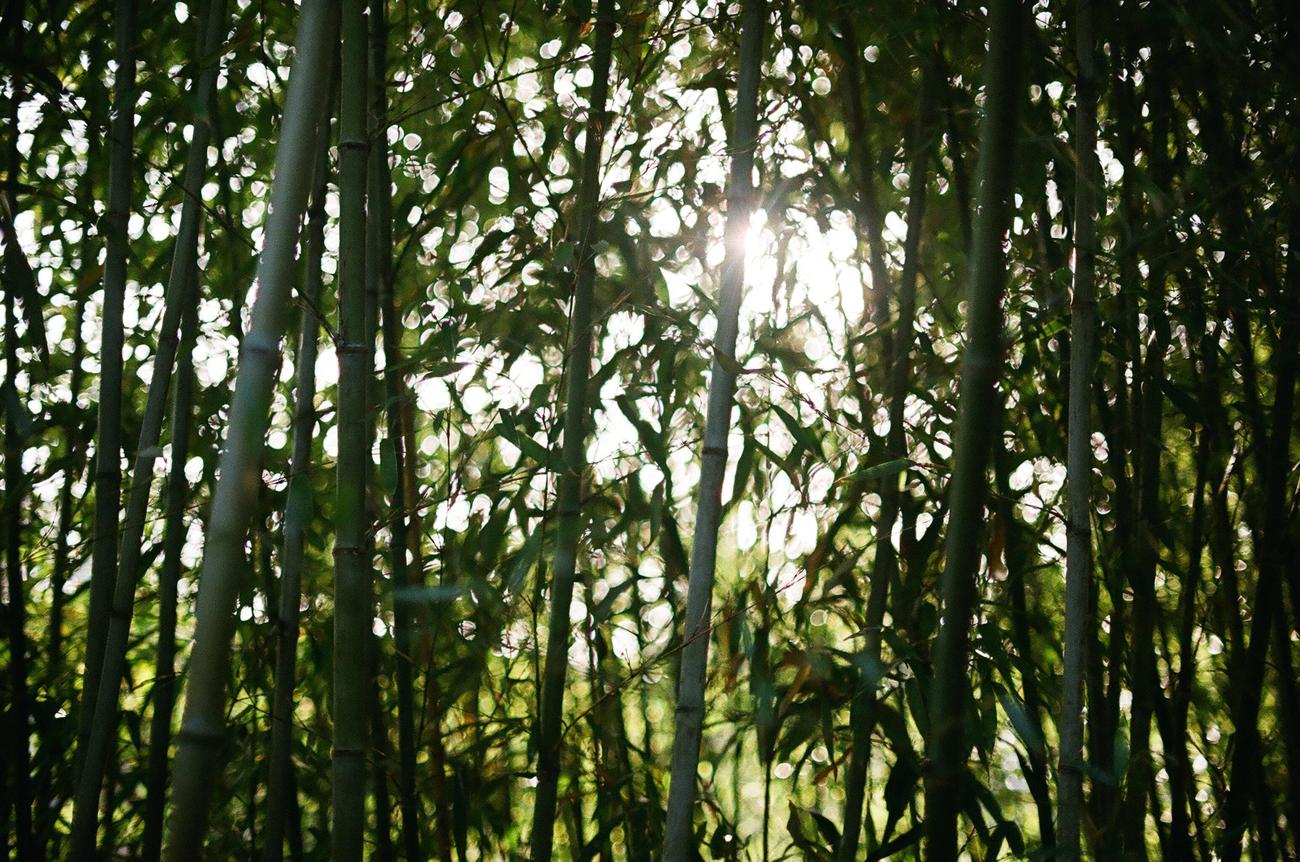
FAQ
Is bamboo a type of grass or a tree?
Bamboo is a type of grass, not a tree. It belongs to the grass family, Poaceae, in the subfamily Bambusoideae. While it may have some tree-like qualities, its botanical classification makes it a member of the grass family.
What distinguishes bamboo from other grasses?
Bamboo has the same kind of stem and leaves as other grasses. It is composed mostly of carbon-rich compounds like cellulose, which is characteristic of grasses. However, bamboo stands out as the tallest and largest member of the grass genus, capable of reaching heights of up to 100 feet.
Can bamboo be classified as a tree?
Despite its height and tree-like appearance, bamboo cannot be scientifically classified as a tree. Some bamboo species may be marketed as bamboo trees, but this is not accurate from a botanical standpoint. The cellular structure and growth patterns of bamboo align with those of grasses, categorizing it firmly within the realm of the grass family.
Was bamboo legally defined as a tree in the past?
Yes, bamboo was legally defined as a tree in India until 2017. However, the law was subsequently changed to reflect the scientific understanding that bamboo is, in fact, a type of grass. This change acknowledged the pivotal role bamboo plays in various ecological systems and highlighted the importance of accurate botanical classifications.
Can the question of bamboo’s identity as a tree or grass be answered definitively?
Based on its botanical characteristics and classification, it is clear that bamboo is a type of grass. However, the perception of bamboo as a tree can vary depending on cultural, legal, or commercial contexts. Ultimately, understanding bamboo’s true nature as a grass enhances our knowledge of its growth patterns, properties, and ecological significance.
- Blindness Doesn’t Limit: Popular Blind People’s Inspiring Success Stories - April 19, 2025
- Discover Famous Chinese People: A Deep Dive into History’s Impact - April 19, 2025
- The War I Finally Won: Ada’s WWII Journey of Healing - April 19, 2025
